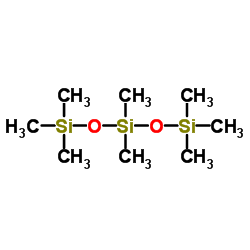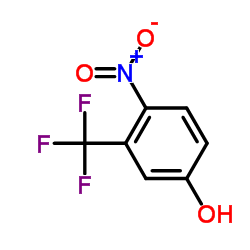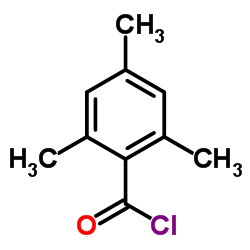| Structure | Name/CAS No. | Articles |
|---|---|---|
 |
Octamethyltrisiloxane
CAS:107-51-7 |
|
 |
Lamprecid
CAS:88-30-2 |
|
 |
DIMETHYL PHENYLPHOSPHONITE
CAS:2946-61-4 |
|
 |
2,4,6-Trimethylbenzoyl chloride
CAS:938-18-1 |
|
 |
Methacrylic anhydride
CAS:760-93-0 |